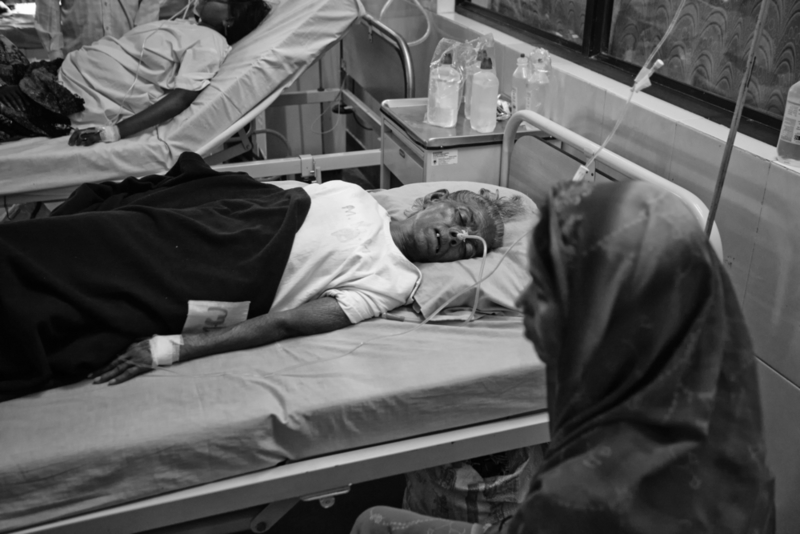AKI incidence & mortality higher during tropical monsoons
M3 India Newsdesk Sep 08, 2018
A recent observational study reported 13.21% Acute Kidney Injury (AKI) incidence rate in monsoon‑related infectious disease with a mortality rate of 12.17%.

During monsoons in tropical countries, acute kidney injury (AKI) presents as the most prominent complication of infectious disease. AKI is confusing and may be disregarded by primary healthcare providers, because most of the infectious diseases present with fever. it is thought that these illnesses account for more than two‑thirds of AKI in the tropics.
The incidence of Acute Kidney Injury (AKI) in tropics is unidentified due to lack of reliable registries and studies that consider AKI in epidemic proportions during monsoon. Therefore, an observational, prospective study was conducted to estimate the incidence, etiology, clinical profile, and outcome of AKI of infectious origin during monsoon seasons.
The study assessed a total of 9930 admissions, which included all patients hospitalised with fever, in medicine or nephrology wards including intensive care units (ICUs), with acute febrile illness (AFI), suspected of infectious etiology and AKI were considered for the study. Of these, 17.52% patients were admitted with AFI and 2.31% developed AKI. AKI incidence in monsoon‑related infectious disease was 13.21%. Multisystem involvement was observed in 64.74% of patients among these 77 patients had respiratory system involvement. Patients with hematologic involvement showed thrombocytopenia and anemia as the most common feature.
Key findings
- Around 48.26% of patients were classified in Acute Kidney Injury Network (AKIN).
- The most common etiology was malaria seen in 28.3% of patients followed by Acute gastroenteritis (AGE) seen in 23%, dengue seen in 16.5%, leptospirosis seen in 13%, undifferentiated fever seen in 10.4%, further followed by mixed infection (5.4%), and typhoid (3.5%).
- None of the patients had hepatitis A‑ or E‑induced AKI.
In addition to etiology, hyperbilirubinemia, vasopressor requirement, ARDS, need for assisted ventilation, and multiorgan failure were associated with severe AKI. Out of 230 patients, 44.78% needed dialysis. The dialytic support was most needed in patients diagnosed with mixed etiology (58.3%).
Mortality rate was 12.17% however, the remaining 202 patients showed full recovery of AKI. The highest mortality was observed with dengue (23.7%), leptospirosis (16.7%), multiple etiology (16.7%).
Hyperbilirubinemia, severity of AKI, encephalopathy, hypotension, ARDS, sepsis, multiorgan failure, vasopressor requirement, blood product transfusion, assisted ventilation, and delay in treatment initiation were significantly linked to poor outcome.
Conclusion
The study is only one of three to document the occurance of AKI during monsoon season in the tropical regions. The authors also noted that malaria and AGE are the most common etiologies with AKI presenting in the severe stages while leptospirosis and dengue are emerging etiologies leading to AKI during monsoon. Moreover, cultural, economic, and geographical factors also contribute to the epidemiological pattern of AKI.
Source: Mehta K, et al. Acute kidney injury of infectious etiology in monsoon season: A prospective study using acute kidney injury network criteria. Indian J Nephrol. 2018;28:143-52.
-
Exclusive Write-ups & Webinars by KOLs
-
Daily Quiz by specialty
-
Paid Market Research Surveys
-
Case discussions, News & Journals' summaries